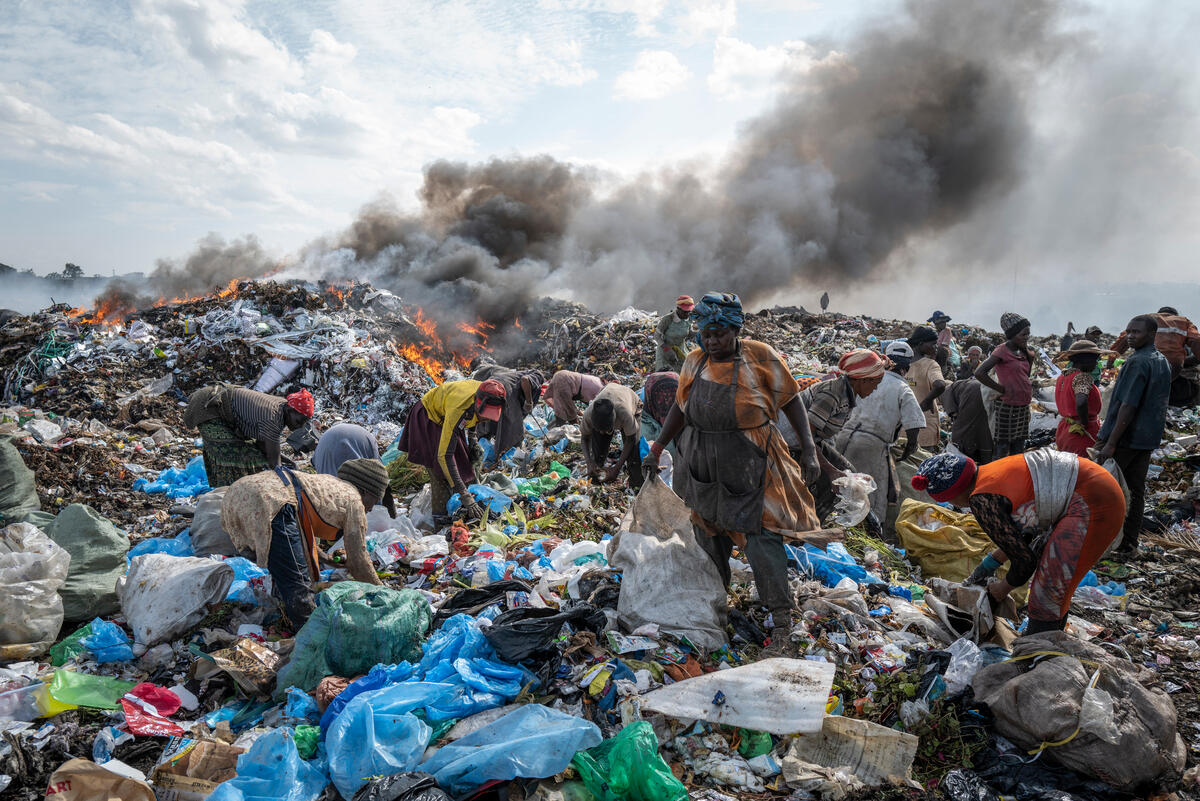The reality of an increasingly warming Earth due to the emission of so-called greenhouse gases which absorb part of the sun's rays and redistribute them in the form of radiation in the earth's atmosphere, is no longer a mystery for a large majority of the world's population. Even if the fight for the protection of a common home comes up against climate-sceptical points of view which limit themselves to trivializing a reality which has tangible consequences on a global scale, the situation is truly urgent, and it is caused by an anthropogenic agent which has a very great responsibility in global warming.
According to environmentalists, each of our actions produces greenhouse gases. “The modes of transport we use, the food we eat and the electricity we use, are at the origin of our carbon footprint, which is an indicator that allows us to measure the environmental impact of a person, a company and a Territory. » And the recommendations to remedy this situation are numerous. Indeed, between limiting the use of electricity to which a large majority of African populations do not have access, and limiting food and clothing waste, including in geographical contexts where populations have difficulty feeding and clothing themselves adequately, we can say that the task promises to be even more difficult for a continent where energy poverty is even more marked, and where populations depend greatly on international aid in addition to feel the full force of the consequences of global warming, like everywhere else.
The principle of using an object that has been thrown away in order to make a new one, is an ecological transition solution that all countries in the world have chosen to adopt depending on the contexts, and their respective financial means, in a set of Territories where even if everyone has their share of responsibility in global warming, the richest have a greater responsibility compared to those considered poorer due in particular to the existence in these areas of multiple indicators of underdevelopment such as insufficient access to electricity, landlocked roads, high rates of underemployment and the presence of an informal sector which contributes massively to the gross domestic product of African countries, notably the sale of second-hand clothing which in addition to being an income-generating activity, also allows the limitation of waste of a set of articles which still have a market value.
A beneficial solution which, however, also has limits because the countries importing second-hand clothing in Africa in particular are not able to properly manage the waste resulting from this activity. Clothes very often end up in non-compliant landfills, and in locations or landfills operated by waste management services which already have difficulty managing household waste effectively given that conventional dump points are very often overwhelmed to the point where the creation of artificial deserts is developing across the continent. Everything suggests that we are more concerned with extending the market value of clothing on a global scale, without however taking into account the environmental impact that this activity could cause on the Territories of importing countries.

